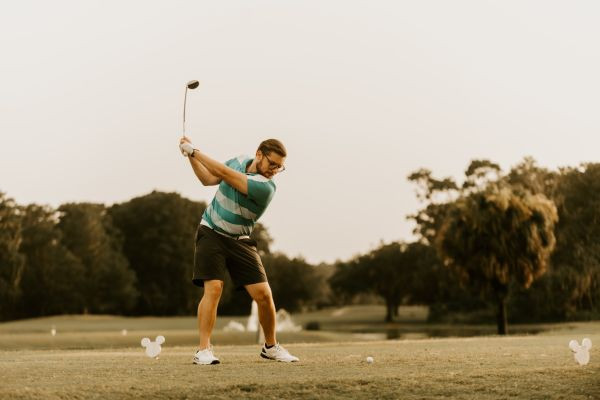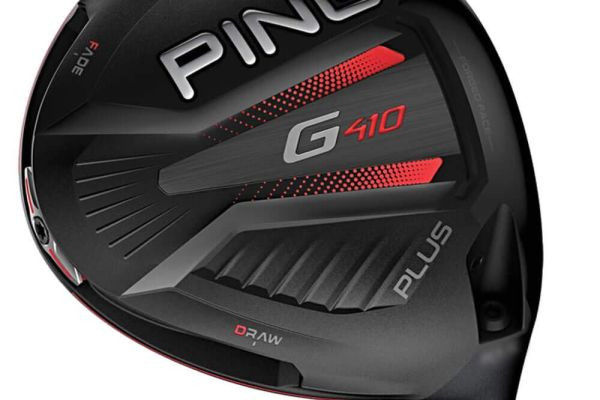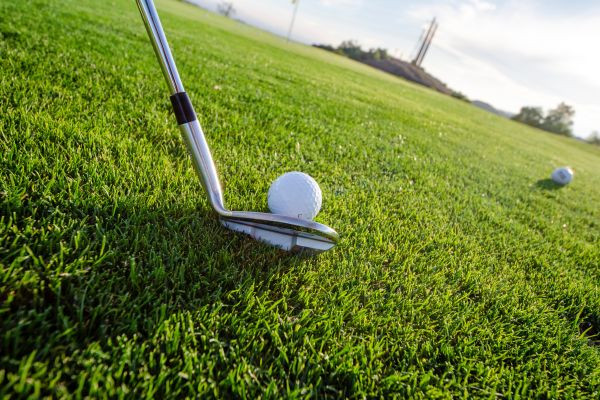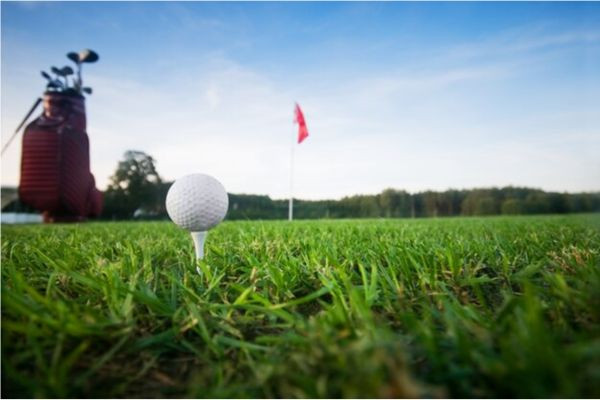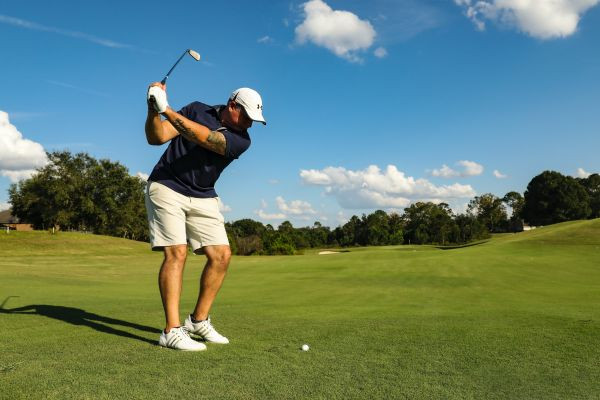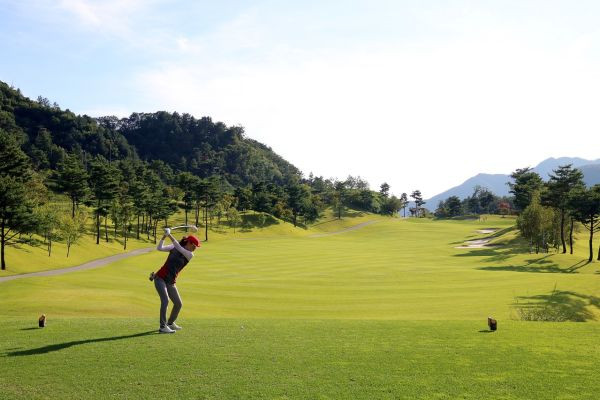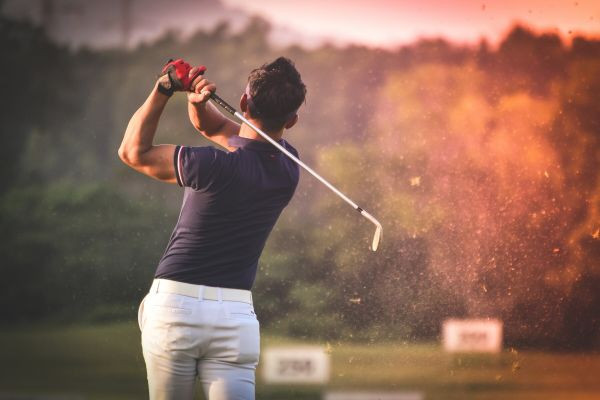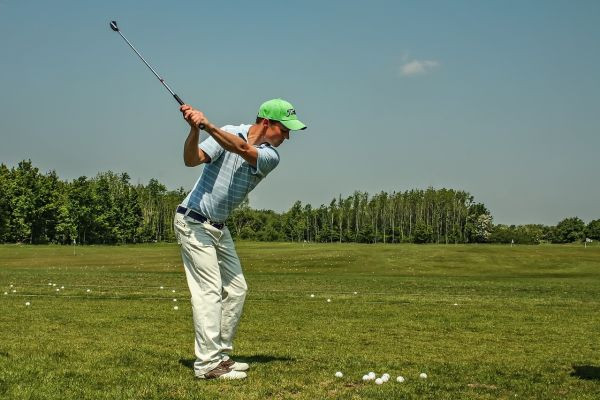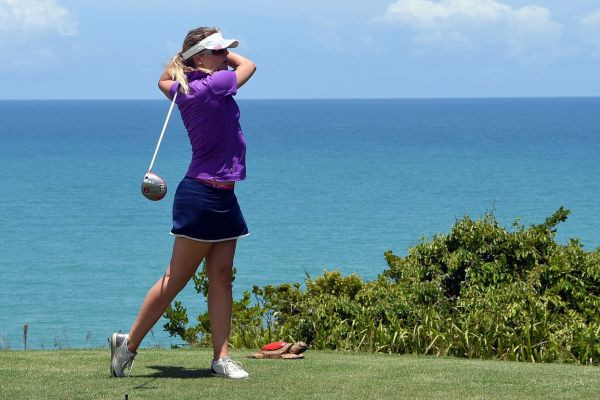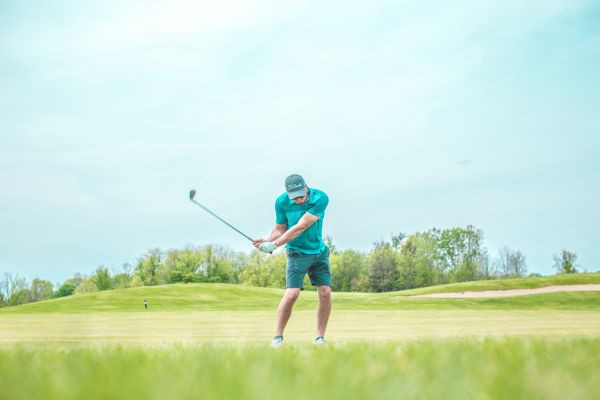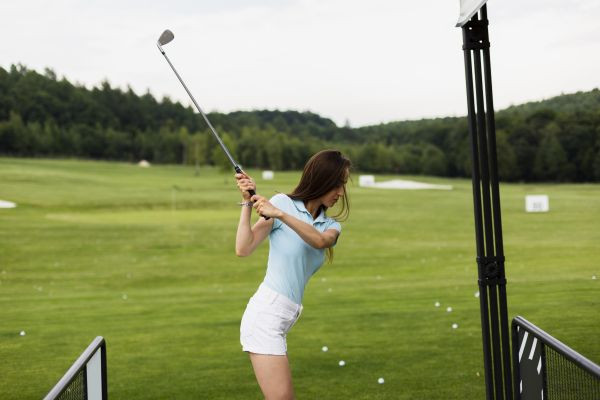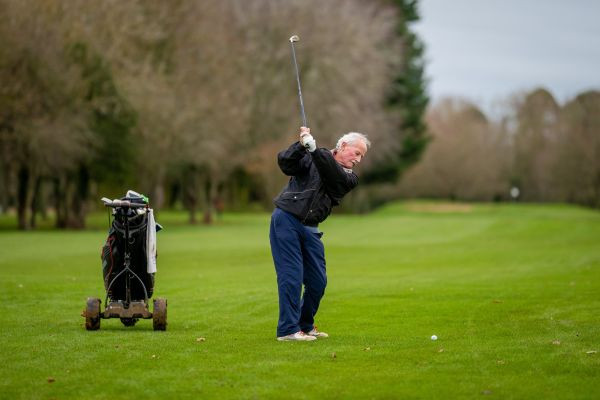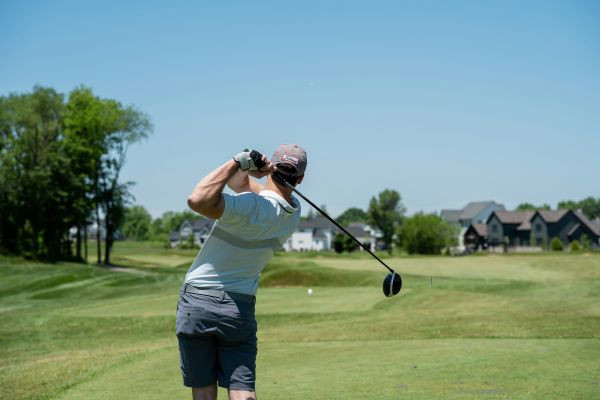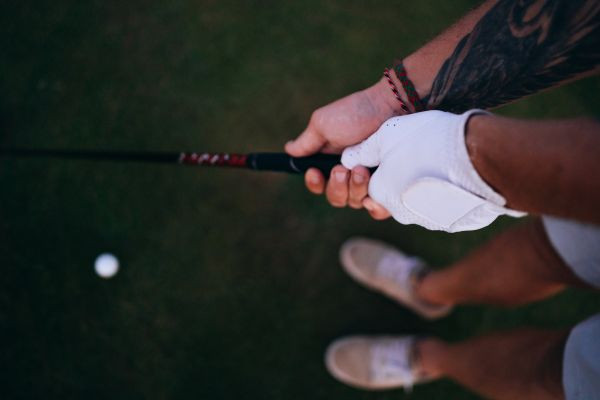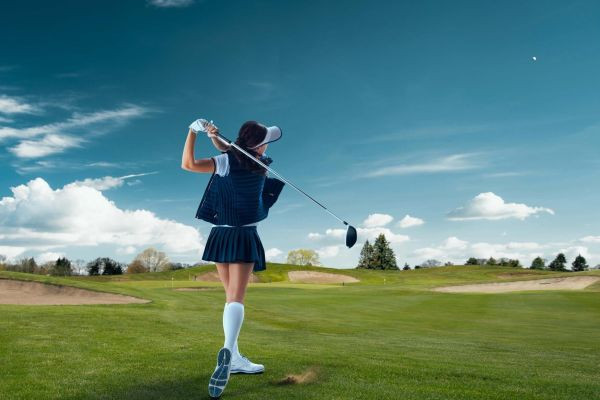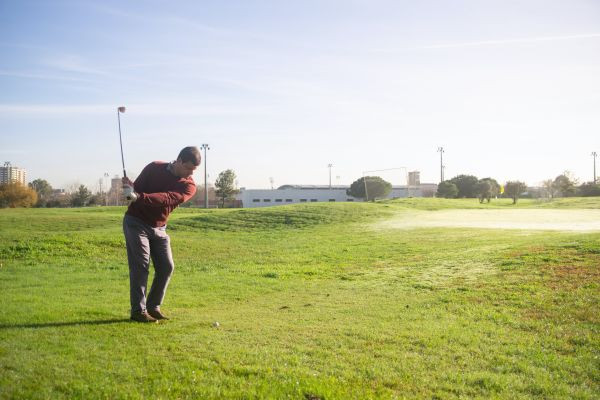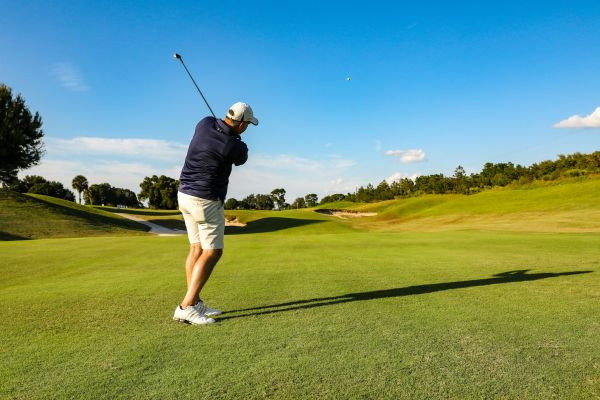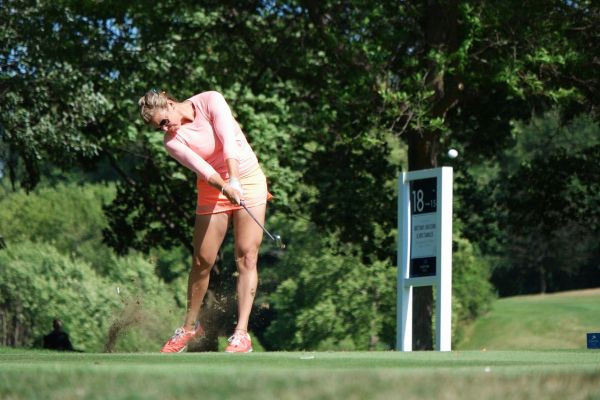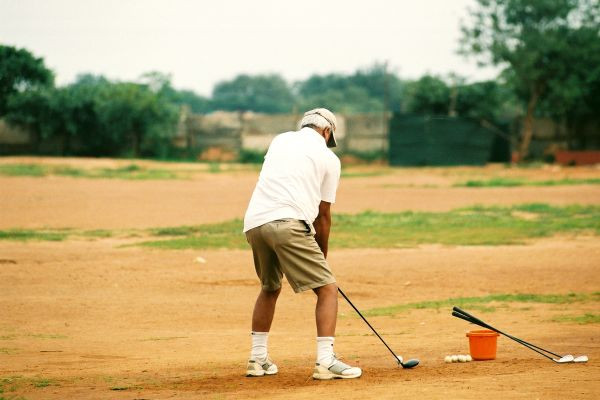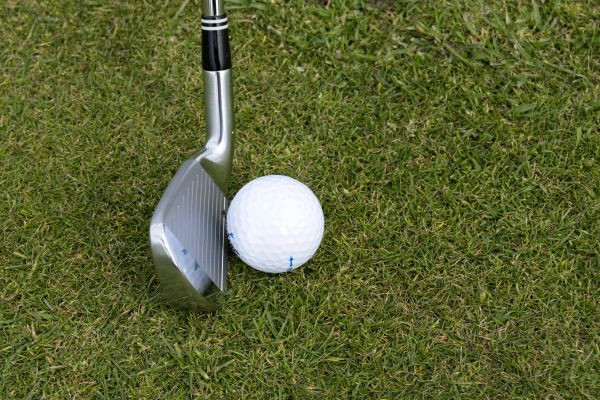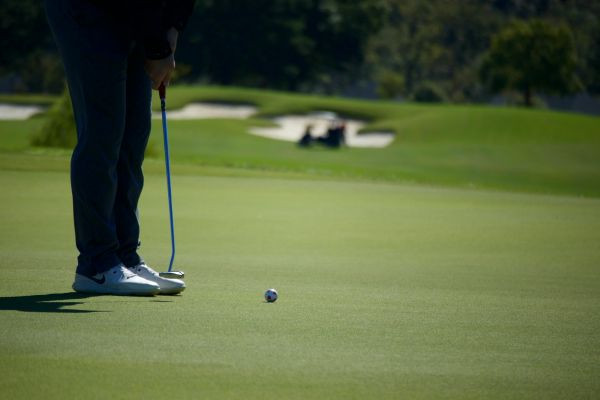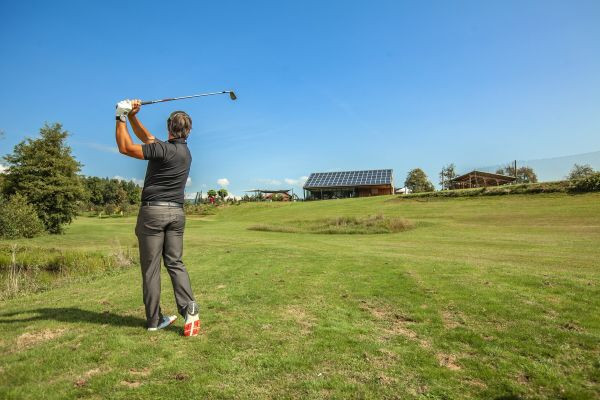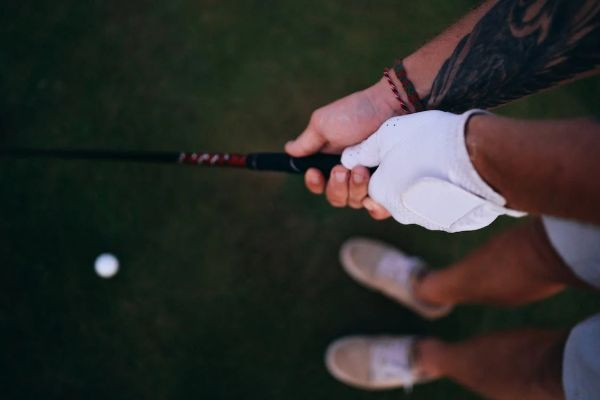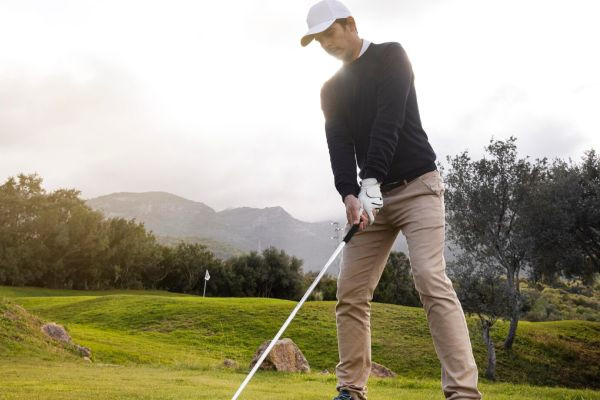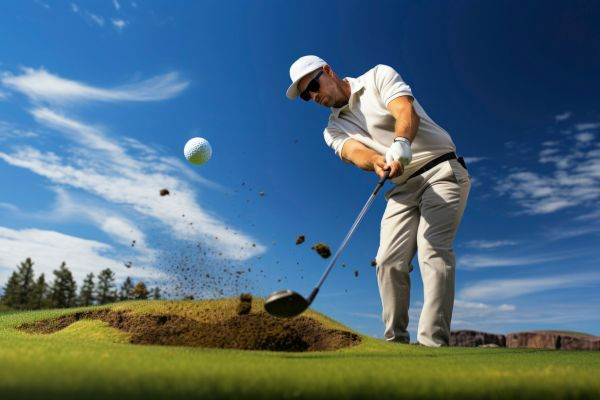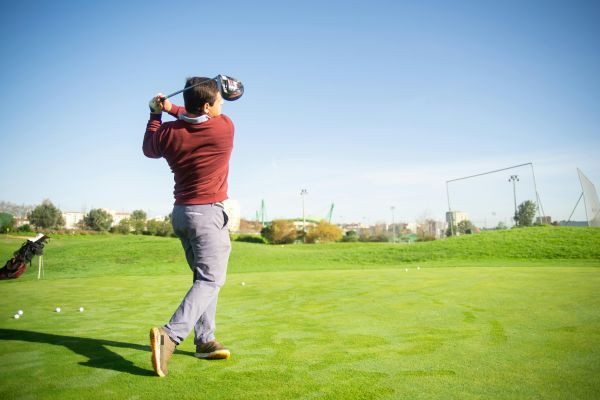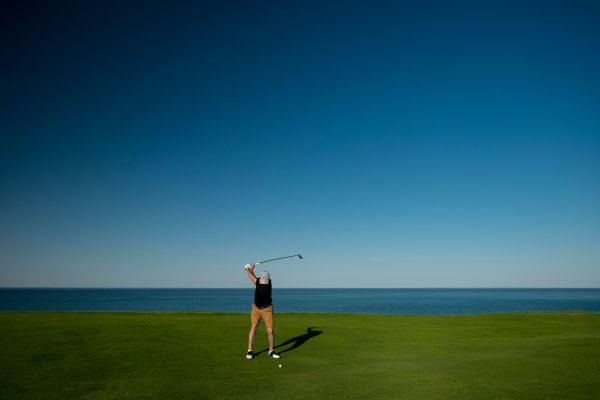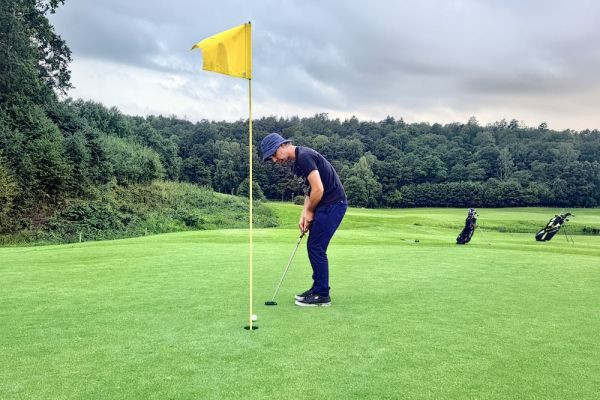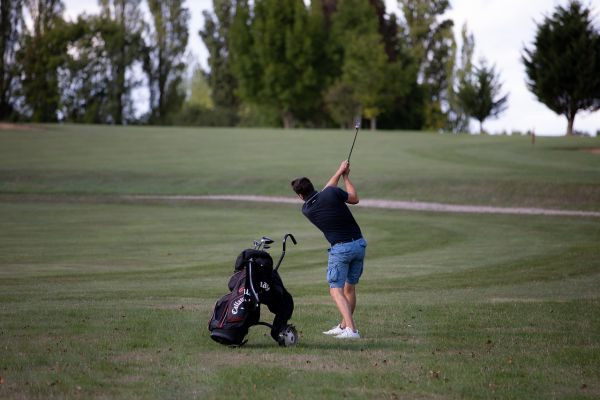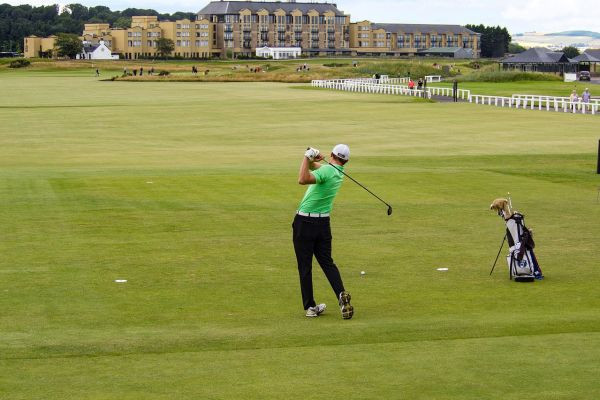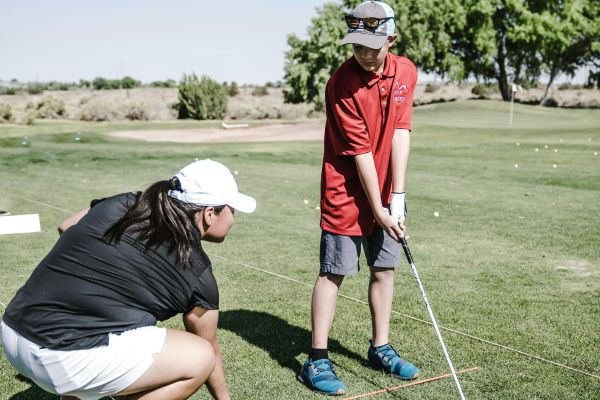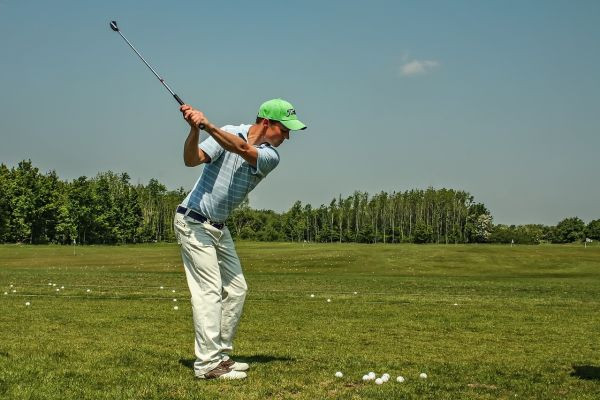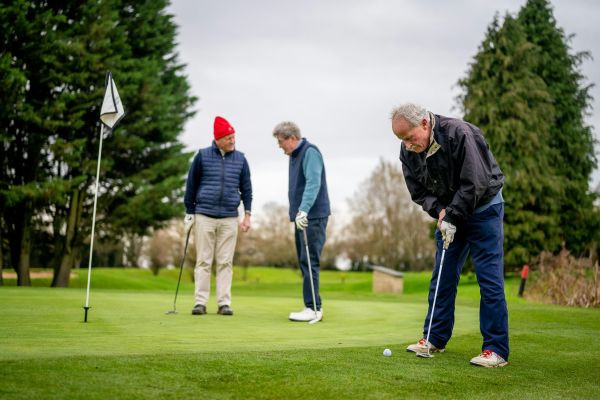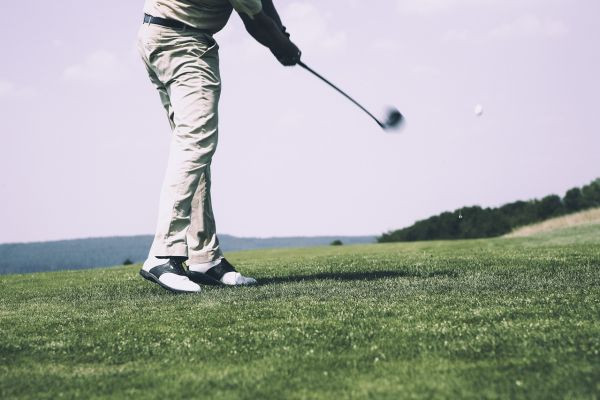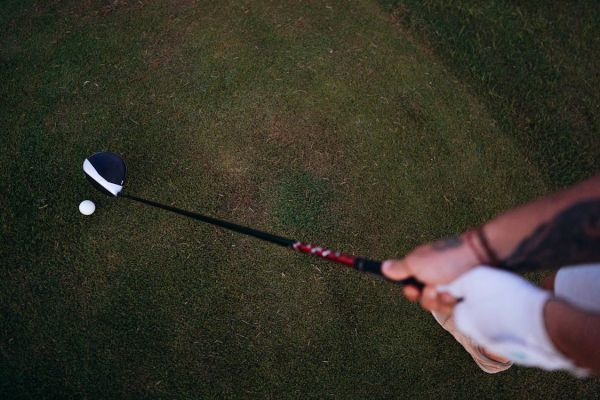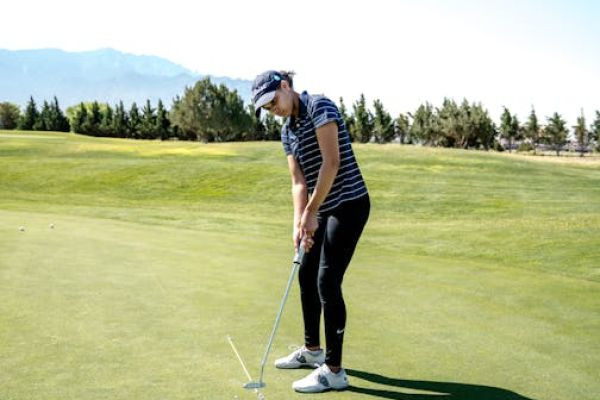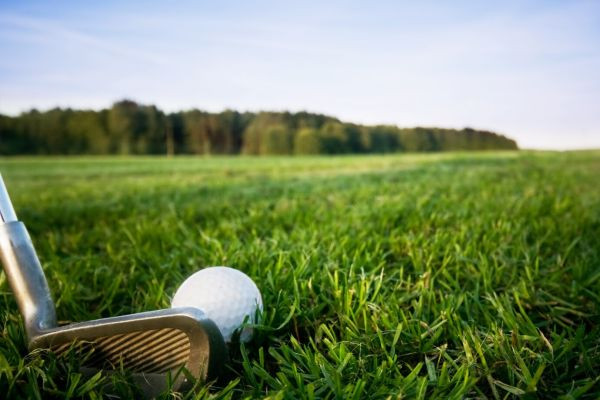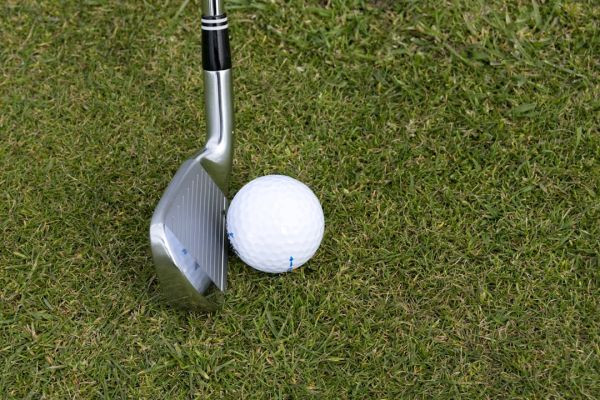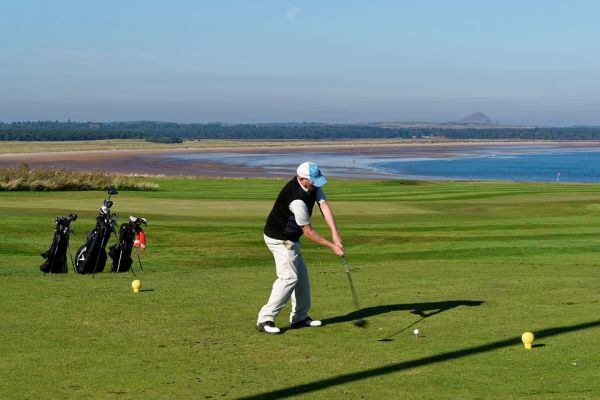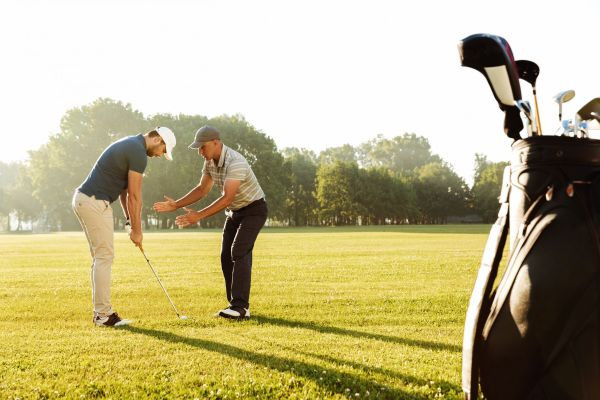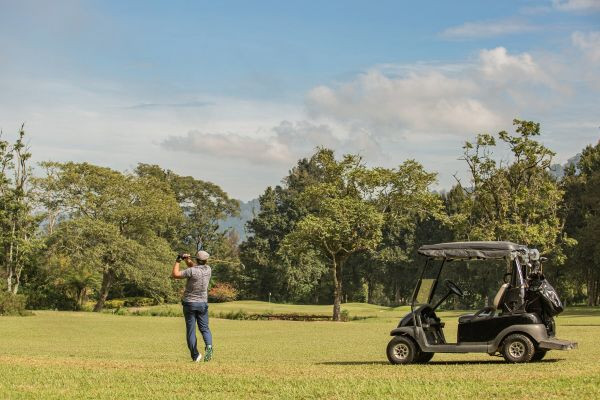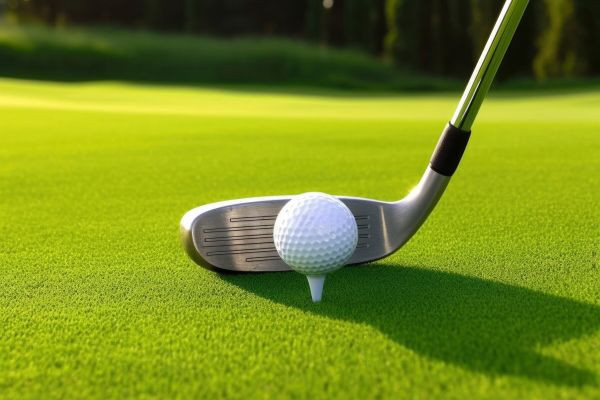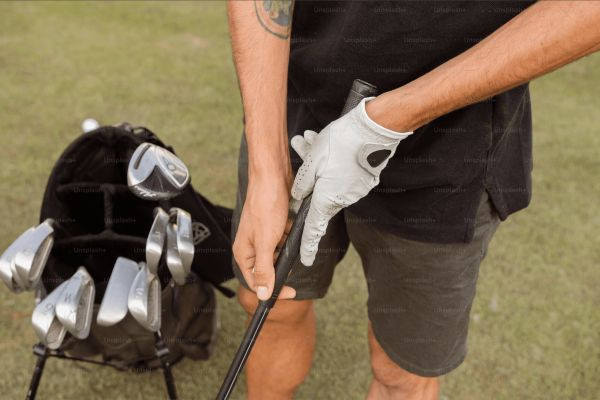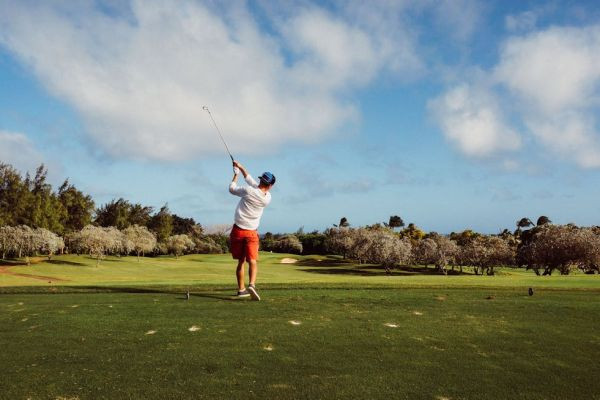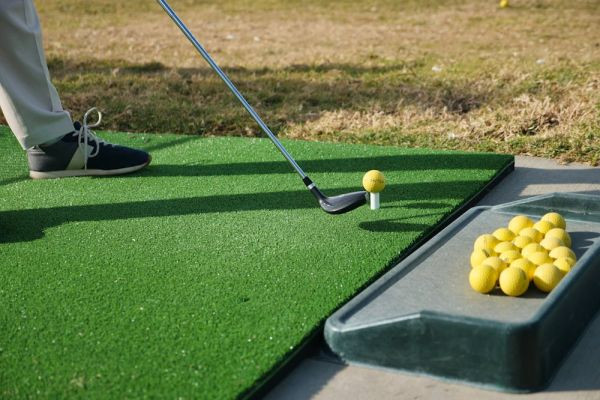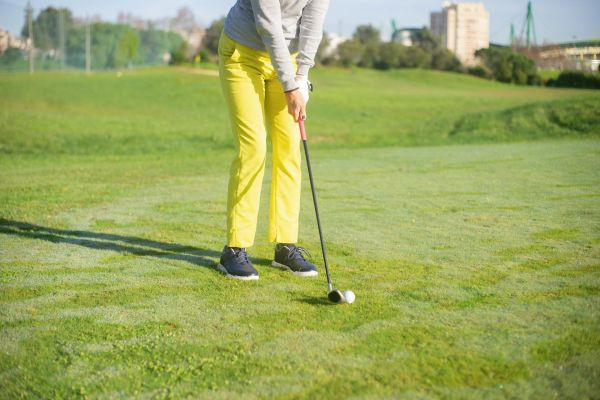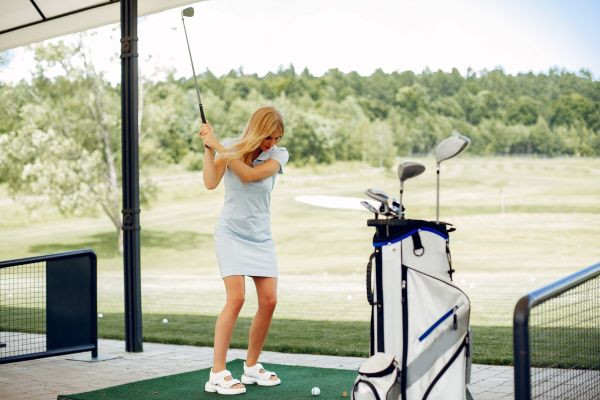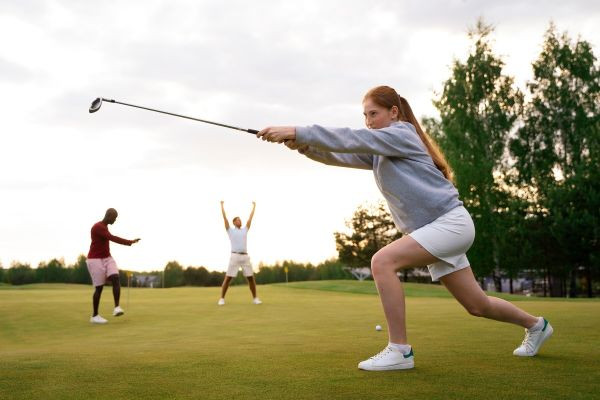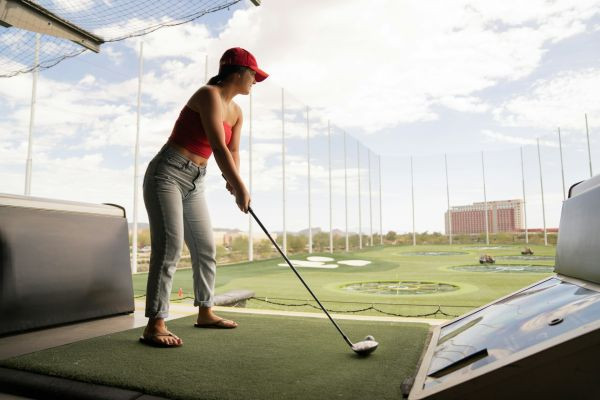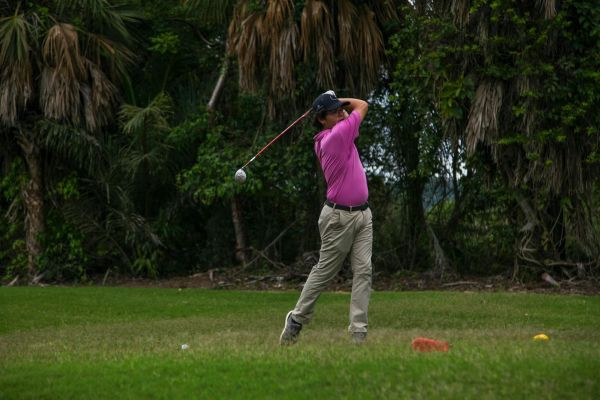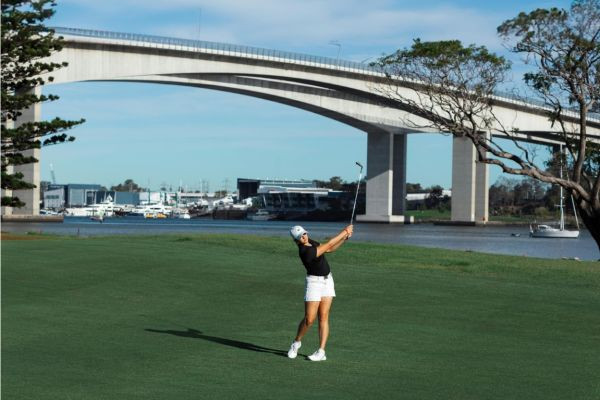Unlocking the Secrets of Left Wrist Actions During Golf Swings
Golf, a sport revered for its blend of artistry and precision, is as much about the finesse of its players as it is about their physical prowess. At the heart of this finesse is an understanding of th..
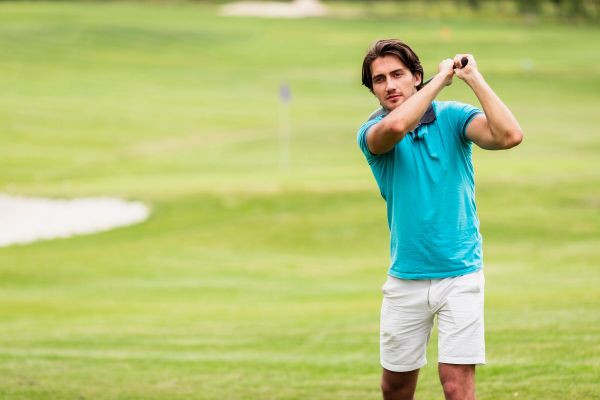
Golf, a sport revered for its blend of artistry and precision, is as much about the finesse of its players as it is about their physical prowess. At the heart of this finesse is an understanding of the mechanics behind each swing, a ballet of movements that, when executed correctly, can produce shots of remarkable accuracy and power.
Among these mechanics, the role of the left wrist stands out as a critical yet often undervalued element, especially among amateur golfers. This article aims to shed light on the intricate actions of the left wrist, demonstrating how mastery over this seemingly small detail can lead to substantial improvements in your overall game.
The Importance of the Left Wrist in Golf Swings
In the complex mechanics of a golf swing, the left wrist serves as a pivotal hinge that greatly influences the orientation of the clubface—the primary determinant of the ball's flight path. The way this wrist flexes, extends and deviates can spell the difference between a shot that lands squarely on the green and one that veers off into less desirable territory. Understanding the nuanced movements of the left wrist is, therefore, essential for any golfer who aims to refine their technique and enhance their performance on the course.
The significance of the left wrist in golf swings cannot be overstated. It acts as the final checkpoint through which the power generated by the body's movement is transferred to the golf ball. The wrist's position at the moment of impact with the ball greatly affects the shot's trajectory, spin and speed. Thus, a golfer's ability to control their left wrist's actions can lead to more consistent shots, reduced handicaps and, ultimately, a more enjoyable golfing experience.
Anatomy of the Left Wrist
To truly master the movements of the left wrist in golf, one must first understand its anatomy and the types of motions it can perform. The wrist is capable of four main movements: extension, flexion, radial deviation and ulnar deviation.
Extension occurs when the back of the hand is bent towards the top of the forearm, a movement that can lead to an open clubface at the top of the swing if not properly controlled.
Flexion involves bending the palm towards the underside of the forearm, a crucial action for maintaining a flat or slightly bowed wrist position that is desirable for a square clubface at impact.
Radial deviation, or the movement of the wrist towards the thumb side, plays a key role during the backswing and downswing, allowing for the correct setting of the club.
Ulnar deviation, the movement towards the pinky side, is essential during the follow-through, ensuring a smooth release of the club and effective transfer of energy to the ball.
Understanding these movements and learning to control them can help golfers achieve the ideal wrist position throughout their swing, leading to better shot accuracy and consistency.
The Role of the Left Wrist at Different Stages of the Swing

Source:https://pixabay.com/photos/golfer-golfing-golf-swing-lefty-960912/
Golf swings are as unique as fingerprints with each player bringing their own flair and technique to the course. Yet at the core of these myriad styles lies a universal truth: the critical role of the left wrist throughout the swing's stages. Mastering the left wrist's actions can dramatically enhance a golfer's performance offering a blueprint for consistency and power. Let's delve deeper into each stage of the swing to uncover how the left wrist influences the game.
Address and Setup
The journey of the golf swing begins long before the club is in motion. At address and setup the positioning of the left wrist sets the foundational tone for the swing. A slight bend or a neutral position in the left wrist is not just a matter of comfort; it's a strategic choice that promotes a stable and aligned setup.
This initial positioning is crucial as it directly influences the clubface's orientation and by extension the ball's flight path. By ensuring a properly aligned left wrist golfers can achieve a more consistent swing plane from the outset laying the groundwork for a successful shot.
The Backswing
As the club is drawn back in preparation for the downswing the left wrist begins to play a more active role. Pronation or the inward rotation of the wrist becomes key. This subtle yet impactful movement helps maintain the clubface angle relative to the swing path.
By controlling the degree of pronation golfers can ensure that the clubface is optimally positioned at the top of the backswing ready to unleash a powerful and accurate downswing. The backswing sets the stage for the dynamics of the entire swing with the left wrist acting as the conductor orchestrating the movement's tempo and direction.
The Downswing
The downswing is the crescendo of the golf swing where power and precision converge. Here the actions of the left wrist are pivotal. A flat or slightly bowed wrist during the downswing ensures that the clubface remains square upon impact with the ball.
This positioning is critical for shot accuracy and can be the difference between a drive that finds the fairway and one that strays off course. The transition from the top of the backswing to impact is swift and maintaining control over the left wrist's movement is essential for delivering a clean powerful shot.
Impact and Follow Through
The moment of impact is where all the preceding movements culminate. A strong stable left wrist at this stage reinforces the clubface's square position enhancing the shot's consistency and power. But the role of the left wrist doesn't end at impact. As the club follows through, the wrist's motion contributes to the shot's trajectory and spin.
A proper release facilitated by the controlled uncoiling of the wrist ensures a smooth follow-through completing the swing with elegance and efficiency. This final phase of the swing is crucial for maintaining balance and achieving the desired distance and direction of the shot.
In each phase of the swing from the initial setup to the final follow-through the left wrist plays a crucial role in determining the quality of the shot.
Common Left Wrist Positions and Their Effects
The position of the left wrist throughout the golf swing has a big effect on the clubface position at impact, hence affecting the direction the golf ball is struck. Understanding how different left wrist positions can affect your shots helps golfers make the necessary adjustments that can lead to better performance.
The three common positions of the left wrist include flat, cupped and bowed and each has a significant effect on your golf swing.
1. The Flat Wrist
The flat wrist position, when recommended, is straightforwardly aimed to keep the clubface square to the path for impact. To achieve a flat wrist, the back of the left hand should point face the target with a straight line between the forearm and back of the hand that mimic the directional correlate of the club head. For most golfers, achieving a flat wrist at the top of the backswing and maintaining it through the impact ensures that the clubhead meets with the ball squarely, producing straighter shots and consistent accuracy.
When the hand is flat, the clubhead makes more solid contact with the ball, the more power generated, the better your chances of creating distance. By keeping one's wrist flat, they can consistently control the clubhead as it begins to make contact with the ball regarding the green conditions, greatly improving one's shots. Hence, it is an excellent wrist position for golfers looking forward to improving their game regardless of their skill level.
2. The Bowed Wrist
A bowed wrist, where the hand's palm moves closer to the forearm as the backswing nears completion, can also have a substantial effect on your golf swing. This wrist position is often seen in experienced golfers who know how to make the most of their body during the swing. A bowed wrist gives the golfer a better opportunity to square the clubface at impact.
A bowed wrist has its disadvantages. The golfer must have incredible strength along with effective timing to avoid over-rotating the clubface as otherwise. He/she will end with a hook or draw. Through this stance, yields exceptionally curved shots. A golfer with a bowed wrist requires unique skill and tremendous timing, positioning the wrist just right to ensure the clubface is oriented precisely at the point of contact with the ball.
3. The Cupped Wrist
A cupped wrist is one which is in a position that tends to open the clubface concerning his swing path. This is called the slice shot. For a right-handed golfer, the ball tends to veer to the right. For a left-handed golfer, it tends to veer to the left. Though slightly bending the wrist in a position is part of many golfers’ natural posture, extra cupping is often seen as something to be avoided by anybody who plans to hit consistently.
If a golfer reaches the top of his backswing having the cupped wrist, it is very difficult for him to square the clubface. He then needs to make further manipulation of his swing to square the club by the impact. The extra shifts at the top can often lead to the difference and an inaccuracy in the path of the swing and the direction of the flight of the ball.
Techniques to Improve Your Left Wrist Action
The wrist action of your left hand contributes to the success of this process. Paying more attention to your wrist movements and practicing diligently will enable you to master the correct techniques.
Once you have achieved it, you will observe creating a drastic difference in your sports life. The left wrist action to improve the way you swing your golf stick. It helps you to control your clubface and hence your ball flies in the air.
One of the best exercises and techniques to improve your wrist action is by using your golf club's actions. Though potentially costly, this method comes highly recommended by various sportsmen. It offers many benefits and provides golfers with valuable practice on how their wrists should move. It acts as an extraordinarily light-weighted drumstick tool that is very effective if properly used.
Let us discuss some exercises or techniques about improving the left wrist action and how one can try those exercises and observe the change.
Drills for a Stronger Left Wrist
Wrist Flexion and Extension Drill: This is an exercise that also uses a light-weighted item that can be substituted with a dumbbell or a golf club. Hold the end of your stick or the dumbbell by your left hand and stretch your arm towards the front. Now, bend and stretch the backside of the wrist up and down slowly. This exercise is the best to improve the left wrist action of your body. You can feel the difference in your left wrist and the power that you generate while hitting up the ball.
Towel Drill: Grip a towel with the end hanging down and mimic your golf swing without a club. Focus on maintaining a flat or slightly bowed left wrist position at the top of your swing and through the impact. The towel's weight helps create a feel for the proper wrist action, enhancing muscle memory.
Mirror Practice: Stand in front of a mirror and practice taking your swing to the top, focusing on achieving the desired left wrist position—flat or slightly bowed. Visual feedback is incredibly beneficial for making adjustments and reinforcing proper wrist positioning.
Utilizing Technology for Feedback
Technological tools have built an emerging necessity to provide precise and real-time feedback on different aspects of the golf swing. This includes left-hand wrist movements. For instance, the HackMotion wrist sensor that measures wrist action during the golf swing and provides instant feedback. This enables the golfer to correct wrist action on the spot. This immediate feedback accelerates the learning process, enabling golfers to understand the correct and incorrect wrist positions throughout the swing.
For example, the HackMotion wrist sensor can let golfers know whether their left-hand wrist is too cupped or too bowed at the top of the backswing or impact. As this tool also provides data about the wrist angle, it helps golfers adjust their technique to achieve a preferred and square clubface at impact.
Conclusion
Improving the left-hand wrist action-wrist movements can be a game-changer for golfers at any level. Because correct wrist action can add significant accuracy, power and consistency to the golfer's swing- right from step one, that is set-up to the finish.
By practicing the drills mentioned above and using technology for feedback, combined with dedication and hard work, golfers can understand the extent of wrist turn needed and the significant role wrist movements play in the overall swing. Implementing these steps and focusing on left-hand wrist action can significantly improve your swing on the course thereby boosting your confidence and self-belief.
Remember every journey starts with a solid understanding of the basics and left-hand wrist action is a crucial component of the golf swing.
Frequently Asked Questions (FAQs)
Why is the left wrist important in a golf swing?
The left wrist is very important in the golf swing because it helps determine the clubface’s orientation. This is crucial to safely determine the direction of the ball and its trajectory upon swing. Moreover the position of the left wrist at impact can help in building clubhead speed and the distance in golfers shot. A flat left wrist at impact ensures that the clubface approaches the ball squarely making shots more accurate and consistent.
What is the ideal position for the left wrist at the top of the backswing?
Ideally the position of the left wrist at the top of the backswing is flat or slightly bowed. No other position in the wrist will help keep the clubface square to the swing path which makes the downswing effective. Also a flat or slightly bowed left wrist at the top of the backswing will help the player keep the downward pressure which helps in controlling the clubface more effectively at the impact and a more consistent golf shot.
How does a bowed left wrist affect the golf swing?
A bowed left wrist can cause the clubface to be closed at the top of the backswing. With proper management this can enable a golfer to hit a draw shot or prevent a slice. For most golf players who use a bowed left wrist they feel they are able to generate power from this move. However a golfer's skill is demonstrated by their ability to square the clubface quickly and accurately as a bowed wrist may lead to hooks.
Can improving left wrist action help in reducing my handicap?
Yes, the left wrist’s improvement can help reduce your handicap. By ensuring the left wrist is correctly positioned throughout the swing golfers can achieve greater consistency and accuracy in their shots. Better control over the clubface leads to fewer mis-hits and off-target shots which can lower scores and consequently reduce handicaps over time.
What are some drills to improve left wrist flexibility and strength?
Golfers can enhance their left wrist flexibility and strength by performing specific exercises such as wrist curls and extensions with light weights. Wrist flexor and extensor stretches are also excellent drills for improving the flexibility and strength of the left wrist. Practicing swings with golf clubs while focusing on the left wrist position during the swing also strengthens the wrist muscles. The towel drill is also an excellent exercise for improving the flexibility and control of the left wrist.

